How the global battle for female suffrage influenced Switzerland
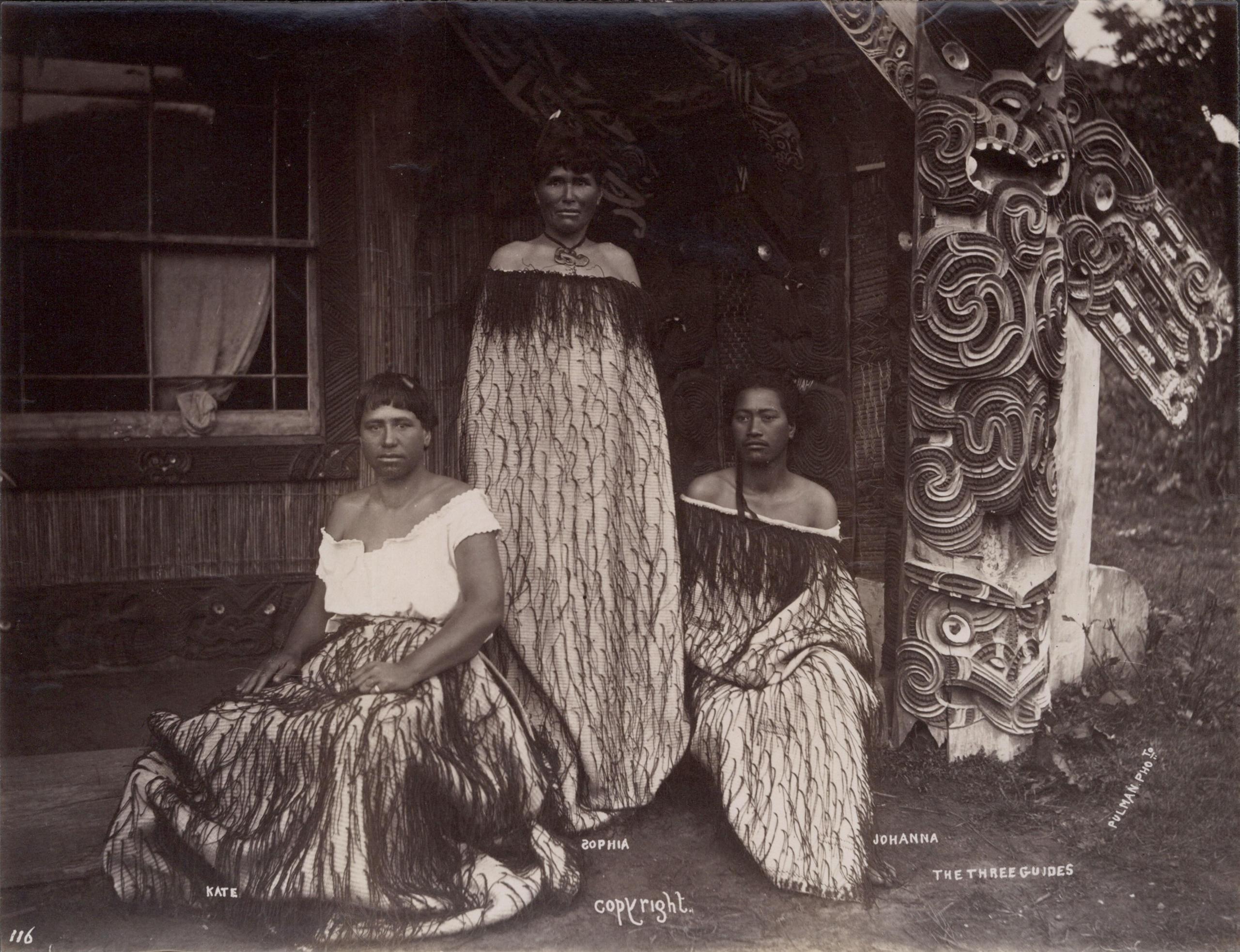
In many countries across the globe, revolutions, international cooperation and participatory political rights all spurred the introduction of women’s suffrage. In Switzerland however men put up strong resistance until 50 years ago. The international reputation of the country was then on the verge of collapse.
The breakthrough happened on the other side of the world. On 18 May 1893, 24-year-old Meri Mangakahia addressed the Kotahitanga, New Zealand’s first Māori Parliament that was established a year earlier: “Today I propose a law that allows women to both participate in the selection of parliamentary members and sit in Parliament.”

The all-male Māori Parliament responded with procrastination which enticed Mangakahia and her sister campaigners to collect signatures for the introduction of women’s suffrage. At the end of July 1893, more than 30,000 signatures garnered in 13 petitions were sent to the parliament of the former British colony in Wellington.
A few weeks later, the all-male parliament voted in favour of female suffrage by 20 votes to 18 which made the island state the first country in the world to introduce equal voting rights for men and women in parliamentary elections and popular votes.
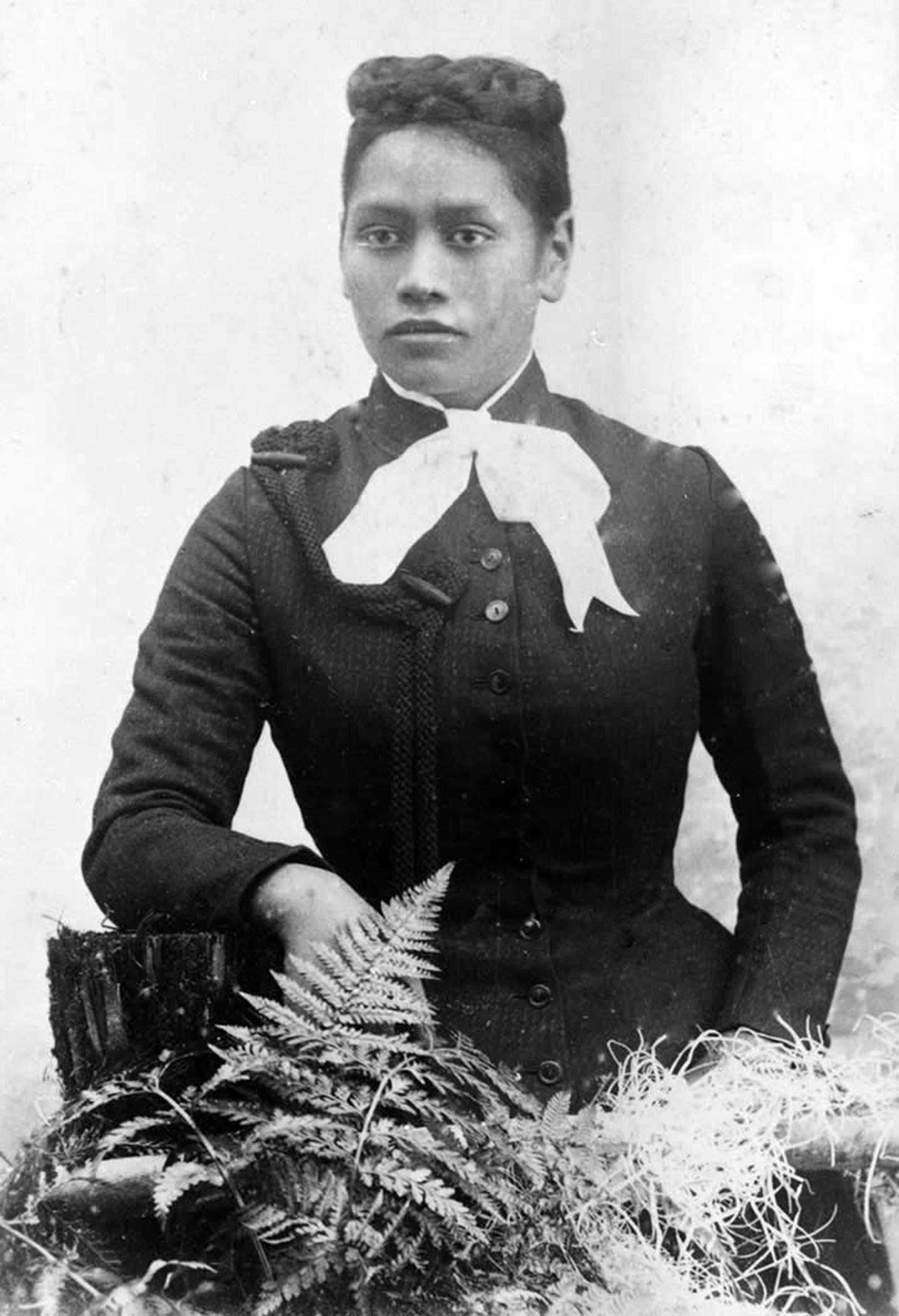
New Zealand: a feminist conservative alliance against “marauding drunkards”
“There was a fear of a chaotic frontier full of marauding single men. This colonial context saw conservative men who supported family values supporting suffrage», wrote New Zealand professor of History, Katie Pickles, in the online magazine «The Spinoff»External link. “During the 1880s, depression and its accompanying poverty, sexual licence and drunken disorderExternal link further enhanced women’s value as settling maternal figuresExternal link. Women voters promised a stabilising effect on society,” she added in the article.
The women of New Zealand also fought against alcohol abuse for many years. By 1964, people had gone to the polls 24 times to vote on how the country should legally control the consumption of alcohol.
On the occasion of the hundredth anniversary of the introduction of women’s suffrage, New Zealand passed the Citizens Initiated Referenda ActExternal link which enhances citizens’ rights and gives them the right to propose referenda.
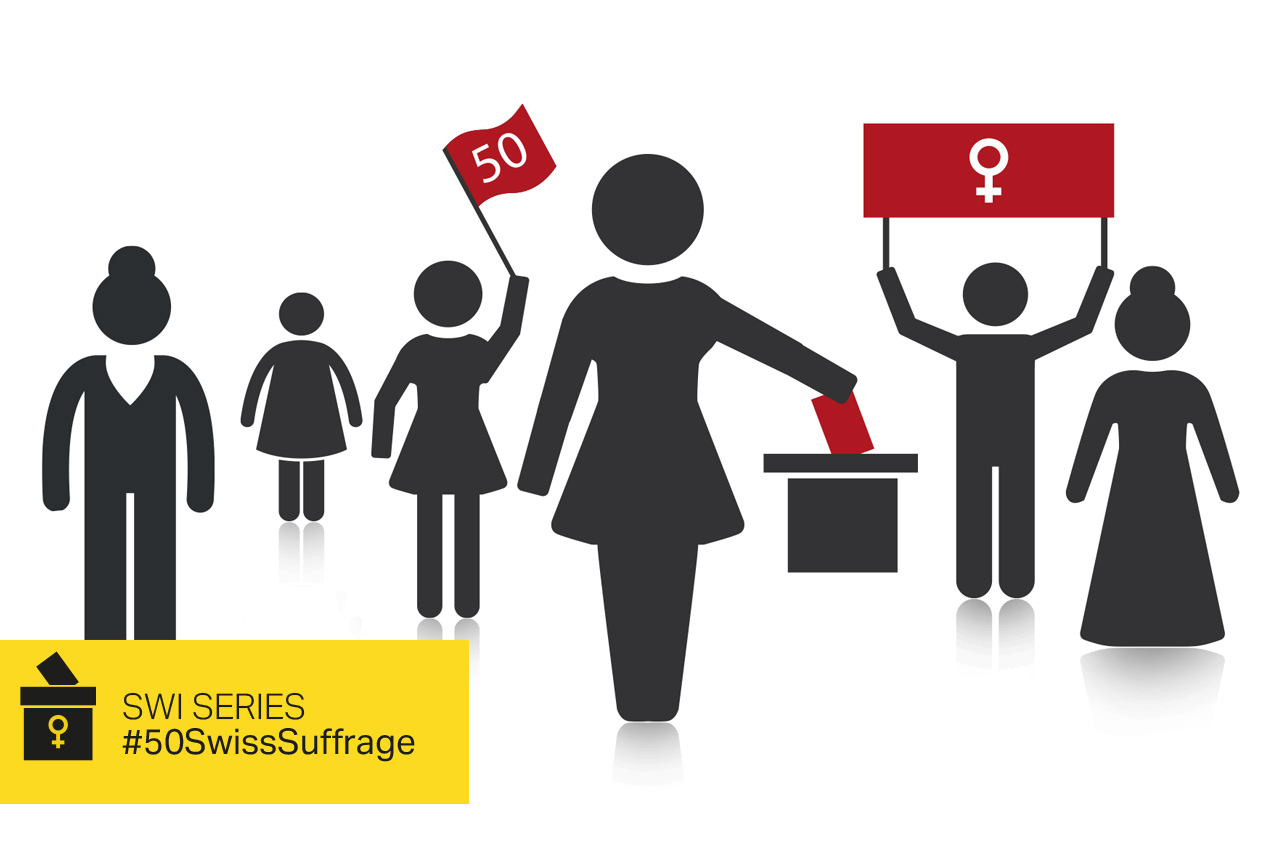
More
The introduction of women’s suffrage worldwide
Finland: bourgeoisie and socialists unite against the tsars
The second remarkable accomplishment of the women’s suffrage movement happened in northern Europe, a few years later. Like in the rest of the Russian Empire, the population of the Grand Duchy of Finland – modern Finland’s predecessor that was an autonomous part of the empire – started to turn against the tsar in Moscow by launching liberal and feminist movements as well as establishing trade unions.
“There was a closing of ranks between bourgeois and socialist circles for Finland’s right to self-determination and, linked to this, the introduction of universal suffrage for men and women,” explained Johanna Kantola, Professor of Gender Studies at Tampere University.
More
While in New Zealand women were ‘only’ given the right to vote but not to stand as a candidate in 1906, Finland became the first European country to grant all adult citizens the right to vote and the first in the world to give all adult citizens the right to run for public office. In the first freely elected Eduskunta, the Finnish parliament, the share of women was just under ten percent. “Whilst Finland has a history of strong gender equality policies, the early success of women’s suffrage has sometimes been used as evidence that “gender equality had already been achieved”, Kantola added.
Even though the number of female members in Parliament has now dropped below the representation in 1907, Finnish women have recently regained ground in politics. The new constitution which came into force in 2000 and gave people more democratic rights contributed to this effort. According to Kantola, some of the most remarkable achievements of the Finnish equal rights movement are the legalisation of same-sex marriage and the fact that the government of 34-year-old prime minister Sanna Marin consists of 12 women and seven men.
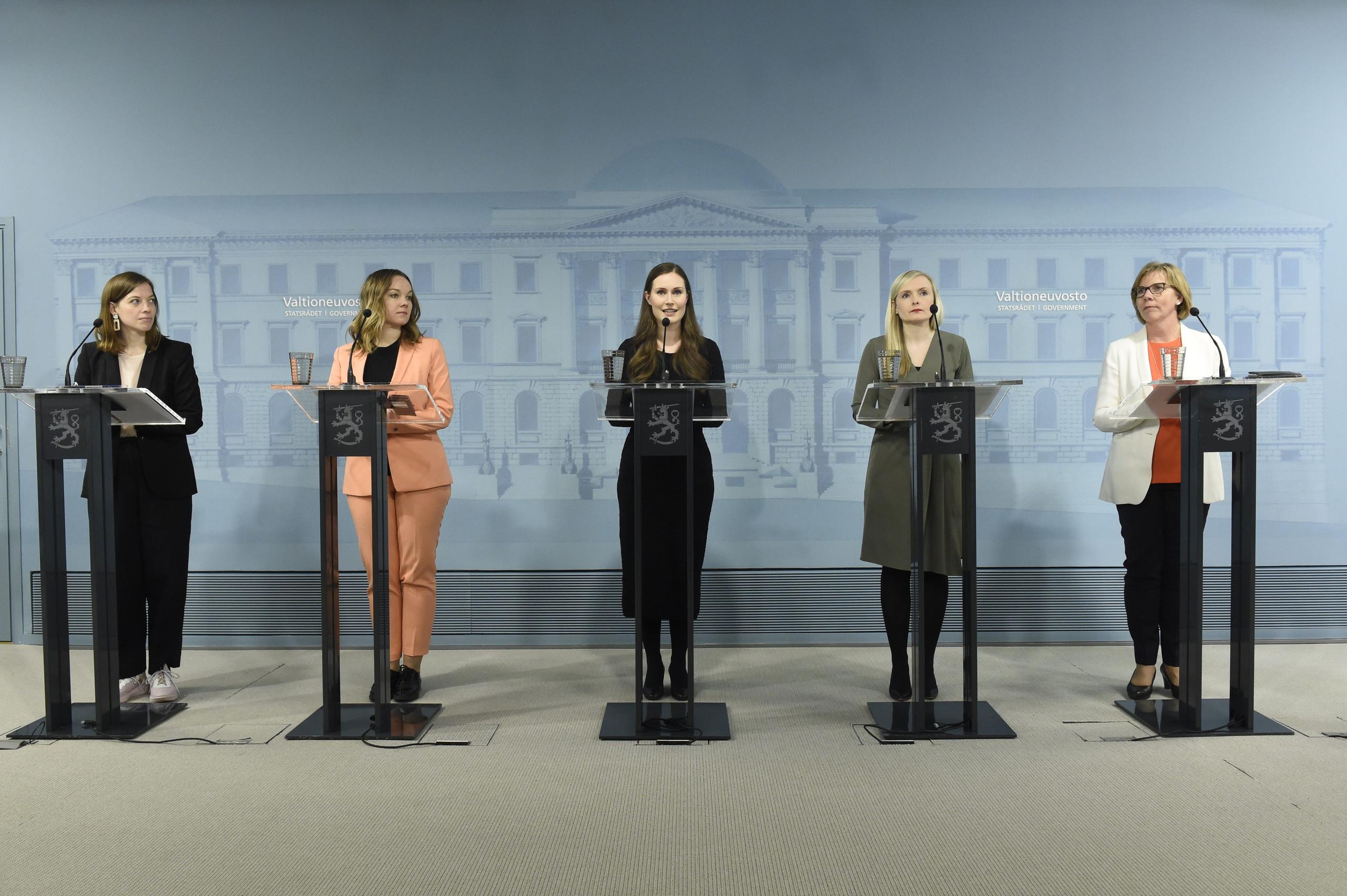
US: 15 all-male referendums in favour of women’s suffrage
The historic democracy reforms in New Zealand and Finland managed to break the spell of conservative men who were denying women the right to vote in large parts of the world. By the mid-1920s, women were allowed to cast their ballots in elections and popular votes in most democracies. And by 1918, male voters in the US had approved measures to grant women the right to vote in 15 states which led to the 19th Amendment to the US Constitution in 1920.
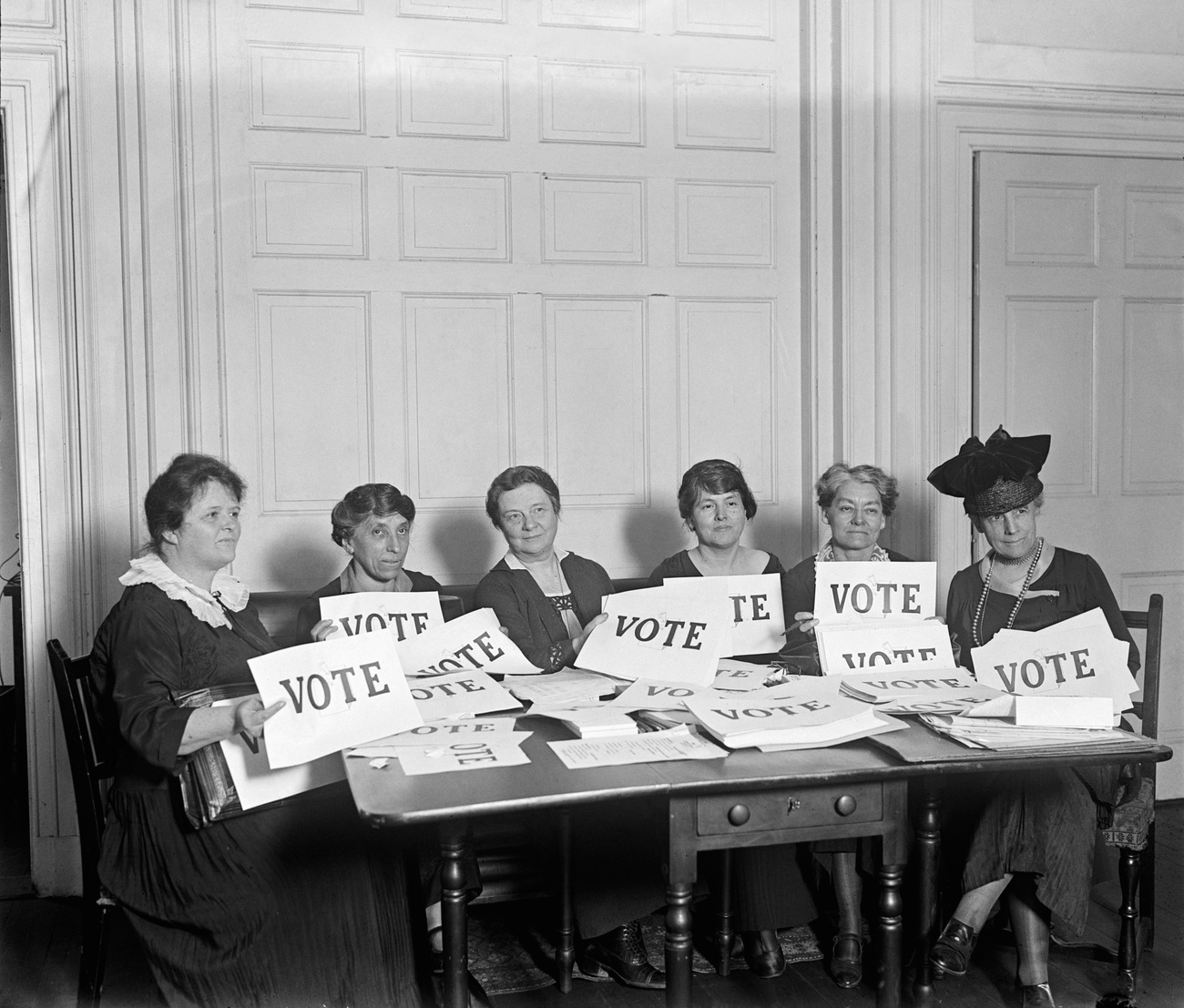
After the First and Second World Wars, other factors determined the global fight for women’s suffrage. According to Swiss political scientist, Werner Seitz, the idea of a new beginning and a certain gratitude by men towards women after the war contributed to the effort. Seitz, who heads the Politics, Culture and Media section at the Swiss Federal Statistics Office, has recently published a book* about the battle for female suffrage in Switzerland.
Switzerland: persistently conservative
However, he notes the global mantra of giving the female half of society the right to participate did not find majority support in Switzerland following WWII. “The mix of Republican thinking and the Swiss ‘founding myth’ created a distinct male political landscape that excluded women,” Seitz explained and adding that the voting rights issue was a victim of the polarisation between the left and the right. “Conservative politicians still voiced anti-communist paroles against women’s voting rights in the 1950s,” he said.
On February 7, 1971 Swiss men finally voted to give women full federal voting rights, by a two-thirds majority. Switzerland was the last country in Europe, except for Liechtenstein, to give women the vote.
SWI swissinfo.ch has produced a series of articles, videos and photo galleries to mark this anniversary.
On March 4, swissinfo.ch is organising an online panel discussion on the topic of “50 years after women’s suffrage: old questions of power, new fighters, new successes”. Participants include Marie-Claire Graf, climate activist and UN climate ambassador; Estefania Cuero, specialist in diversity and human rights; and Regula Stämpfli, political scientist specialising in power.
Men’s democratic rights were very much advanced by international standards and did not help break the resistance to giving women the right to vote. On the contrary, 29 cantonal votes on granting women more voting rights were rejected between 1919 and 1956. In 1929, the federal government ignored a petition signed by more than 10 percent of the people that called for the introduction of women’s suffrage.
“Switzerland upheld its conservative stance on equal voting rights until the damage to its international reputation threatened to become too great”, Seitz emphasised. The United Nations Commission on the Status of Women, established in 1946, regularly criticised Switzerland in its reports which made negative headlines in the international media especially at a time when the UN was establishing one of its headquarters in Geneva and Switzerland was joining the European Council.
Late farewell to the curse of democracy
Pragmatism facilitated progress. At the beginning of the Cold War, the Federal Council proposed the introduction of compulsory civil protection service for women which was widely rejected due to the lack of women’s political participation. The government then proposed to give women the right to vote. Even though both proposals failed, it put an end to the curse of democracy in Switzerland.
In the 1960s, male voters accepted the women’s suffrage bills in nine cantons, but it was not until 7 February 1971 when two thirds of Swiss men voted in favour of this long overdue change, that women were finally granted the right to vote.
“At the beginning, women did not participate in large numbers or even try to assume power (in Parliament),” recalled Anita Fetz, who was an intermittent member of parliament from 1985 to 2019. “Active participation had to be learned first,” the Basel politician said, emphasising that this was one of the reasons why the share of female members in parliament was slow to rise. However, after the last general election, women make up 42 percent of the Swiss National Council.
Apart from the right to vote and the right to stand as a candidate, people’s political rights were instrumental for this increase of female members in parliament. Fetz believes that modern direct democracy invites people to participate in politics outside of parliament. She is a living proof of this herself: according to a study by the Centre for Democracy Aarau (ZDA)**, Fetz has been an active member of 18 national initiative committees which is the highest number of such memberships amongst all men and women with voting rights in Switzerland.
*Auf die Wartebank geschoben. Der Kampf um die politische Gleichstellung der Frauen in der Schweiz seit 1900, Werner Seitz, Chronos-VerlagExternal link, Zürich (2020)
**Die Volksinitiative als (ausser-)parlamentarisches Instrument? Nadja Braun Binder/Thomas Milic/Philippe E. Rochat, Schulthess-VerlagExternal link, Zürich (2020)

In compliance with the JTI standards
More: SWI swissinfo.ch certified by the Journalism Trust Initiative


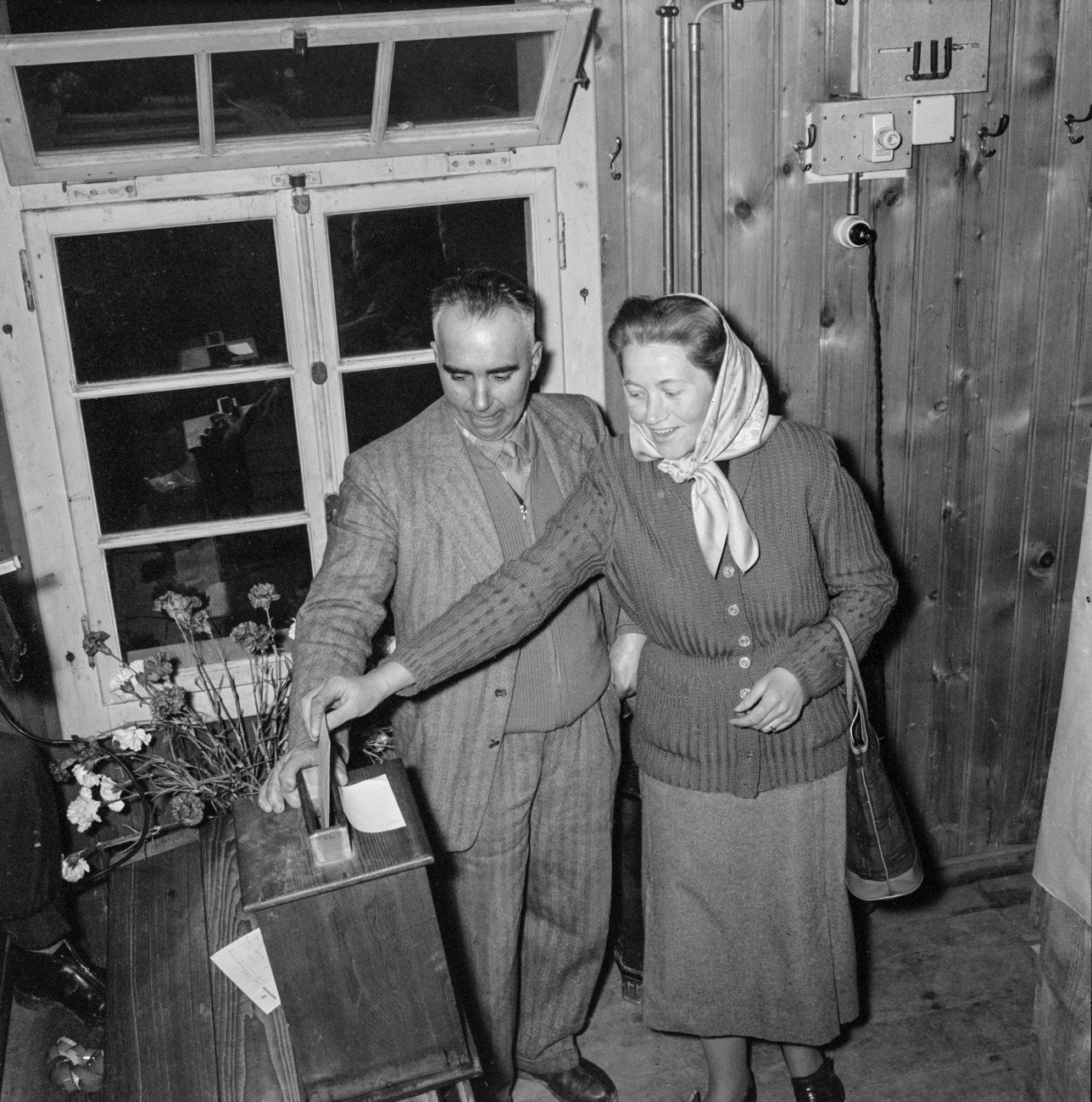
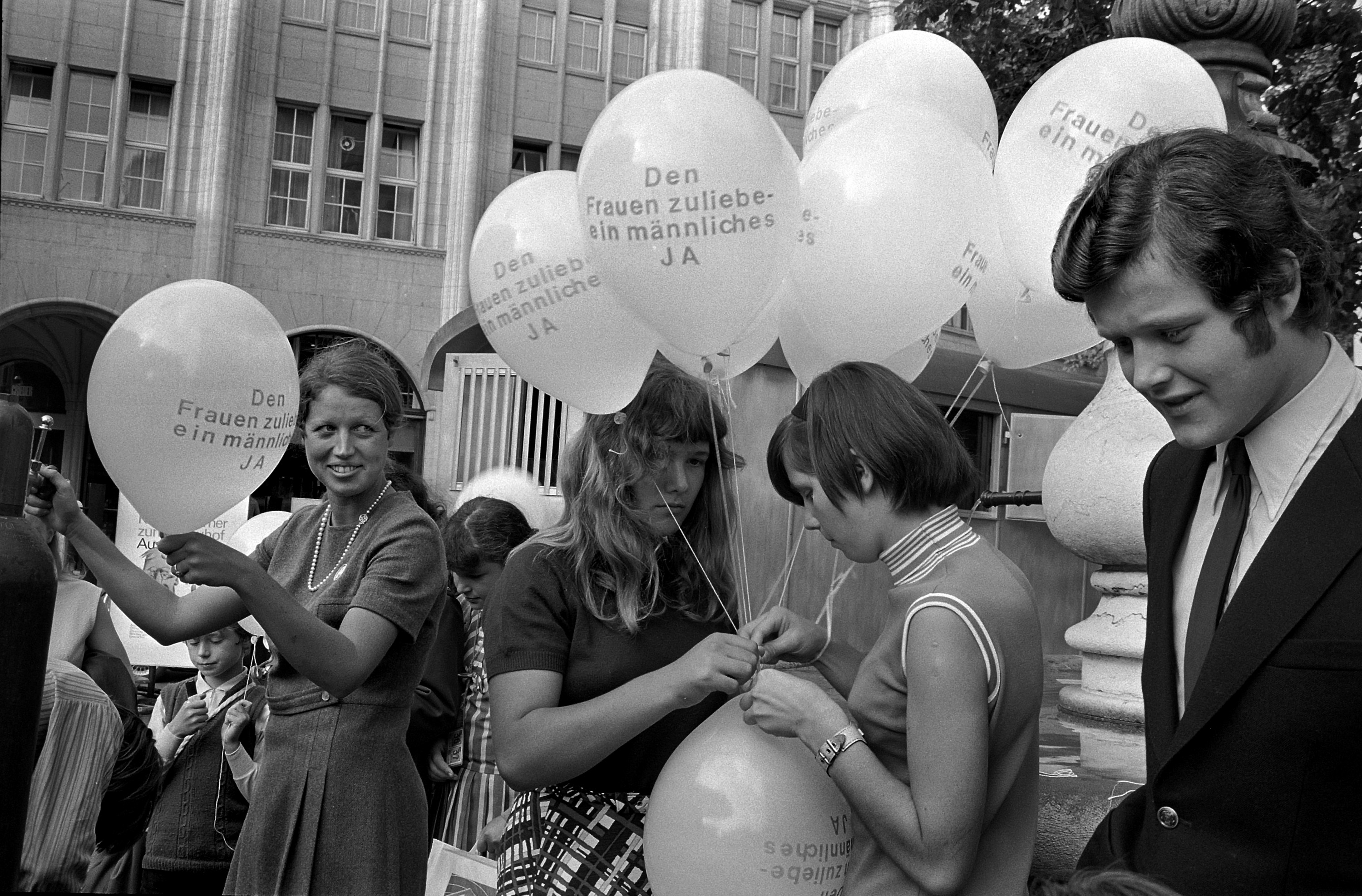
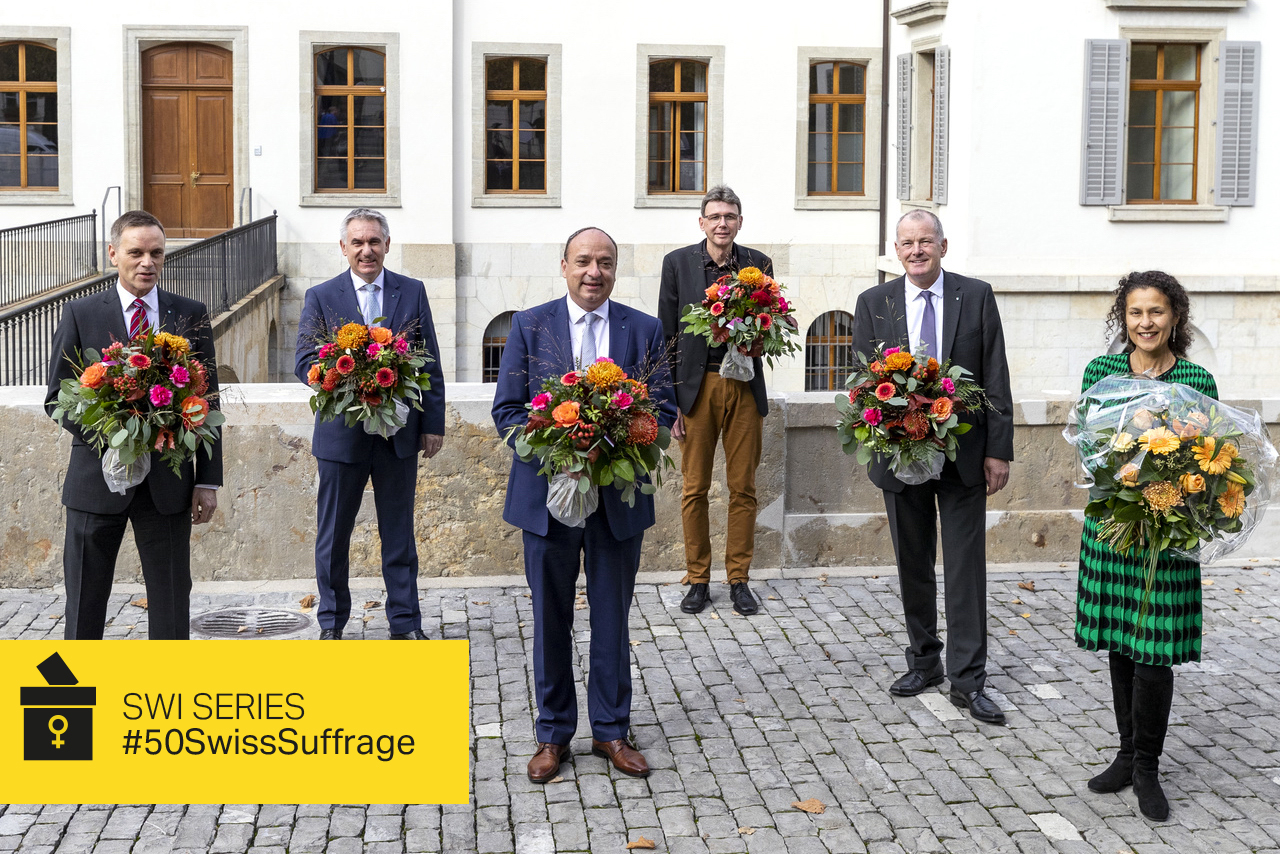
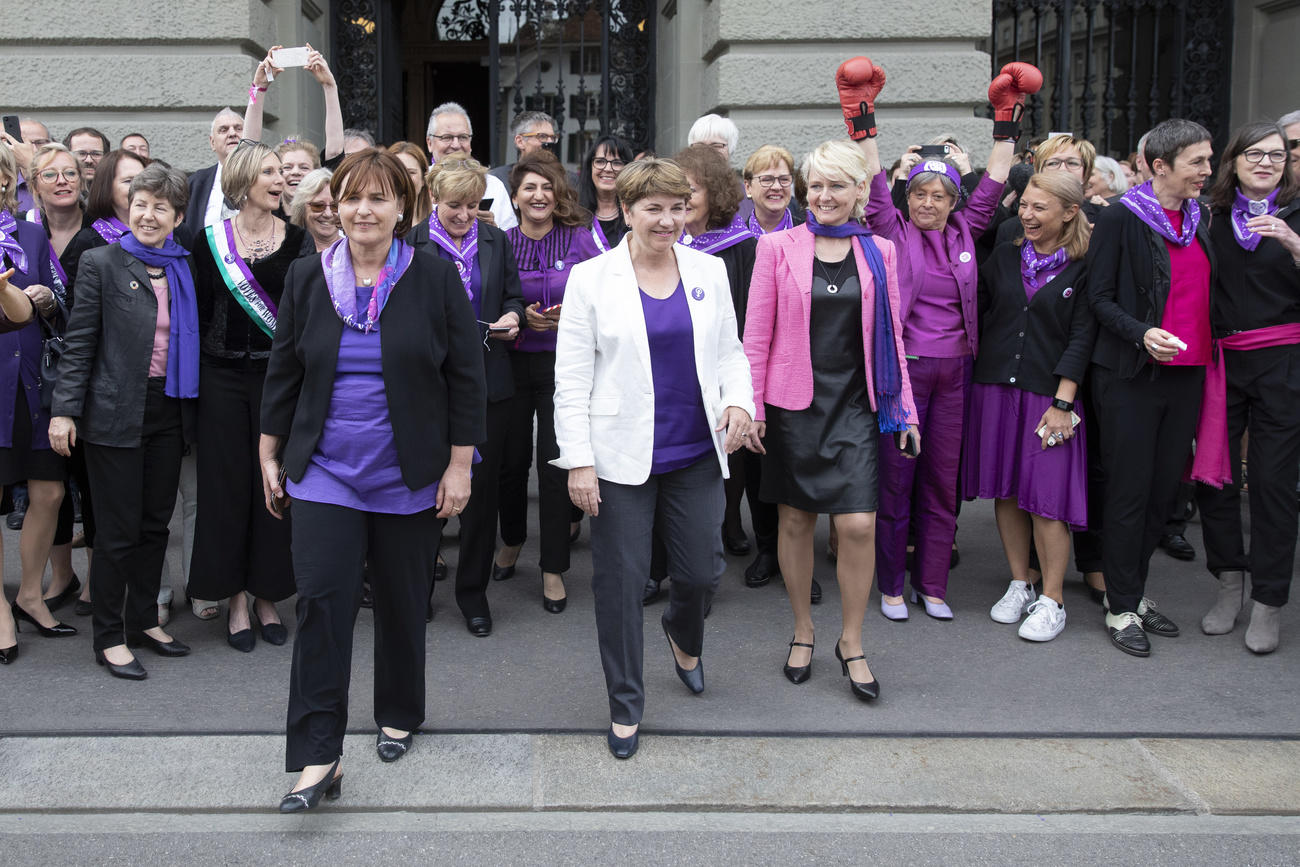
Join the conversation!